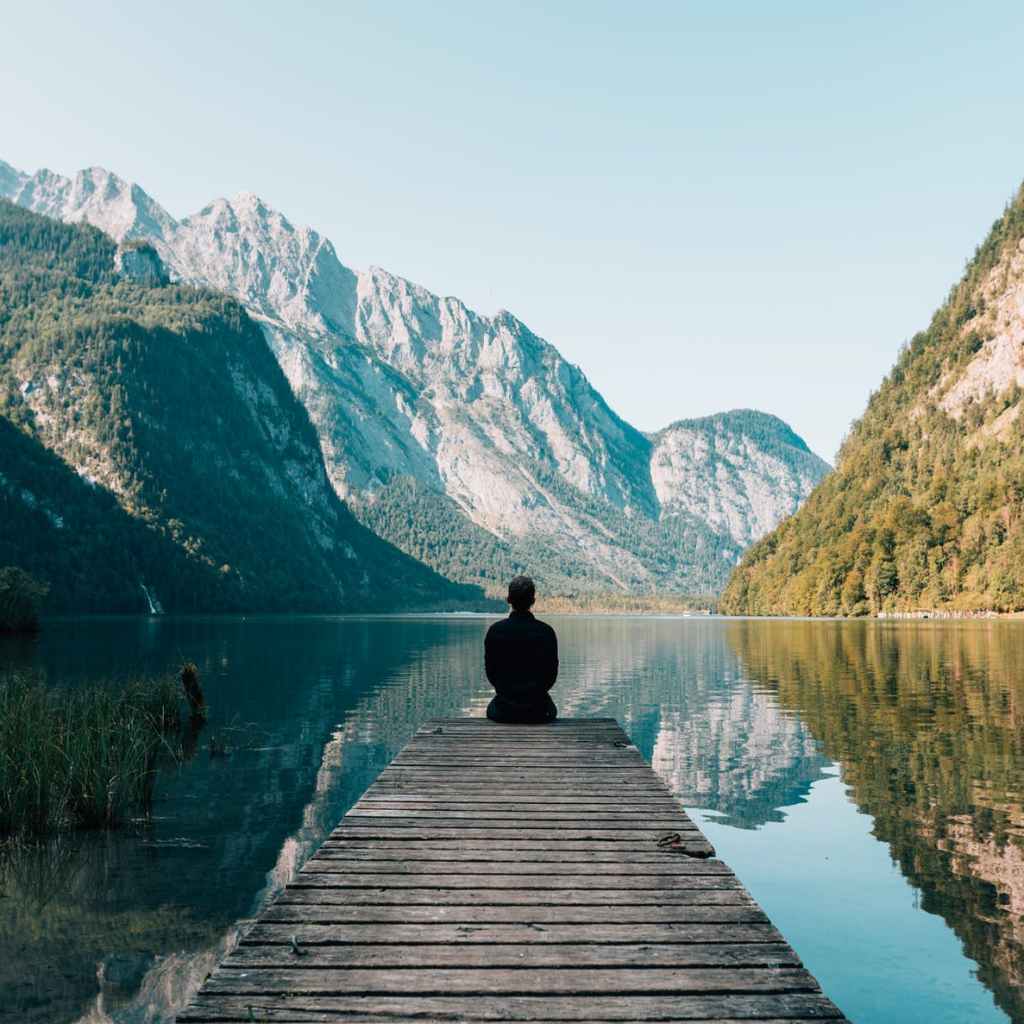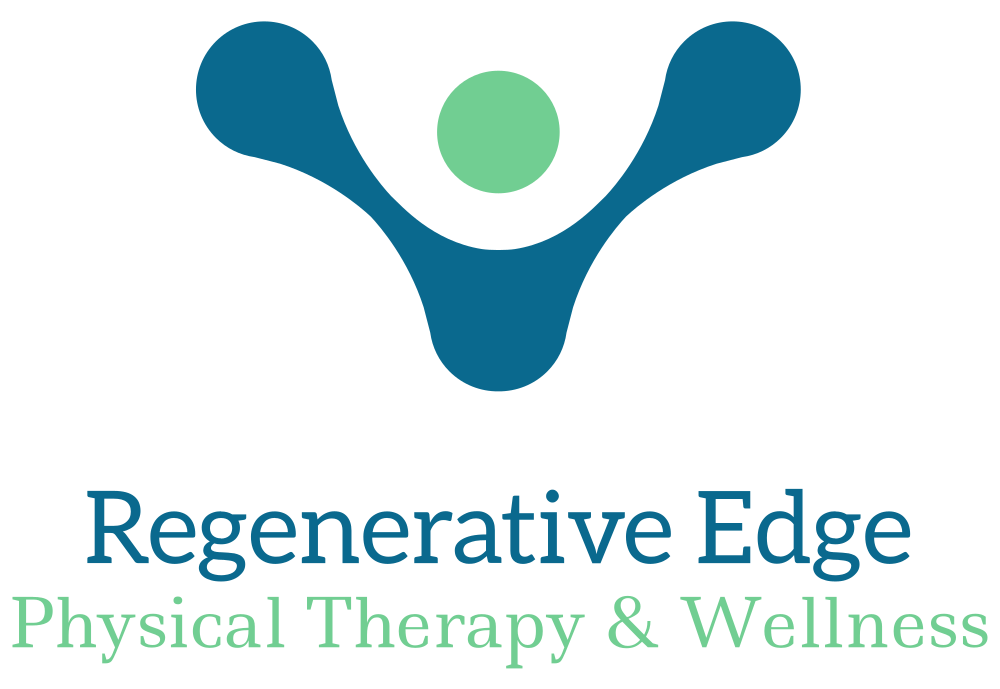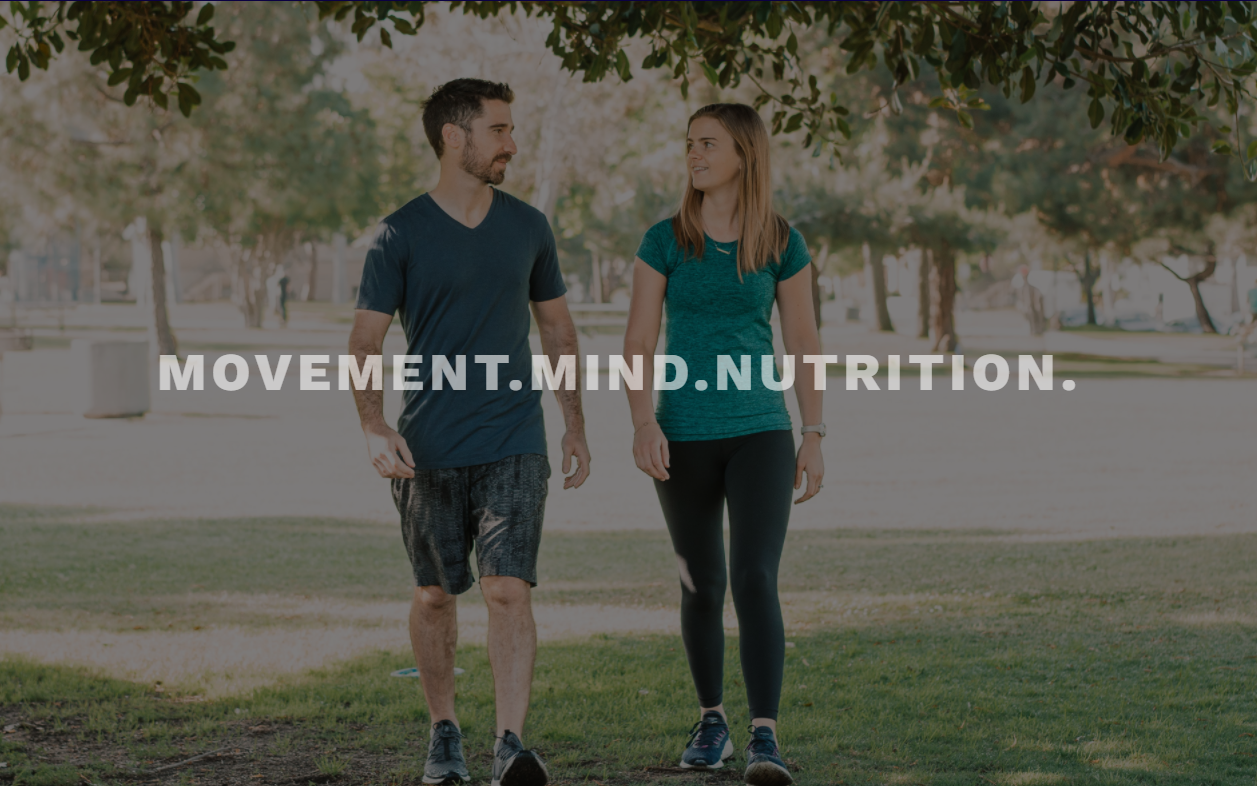
Conventional medicine is all about looking at symptoms, labeling it with a diagnosis, and prescribing a medication or other procedure to make those symptoms go away. But this is missing something: why are those symptoms happening in the first place? It is so important to dig into not only medical history, but also social lifestyles, physical activity, mental health, nutritional habits, and sleep patterns. These layers of the onion help us find out what is at the core of the symptoms. Rather than putting a band-aid on the symptoms, we change how the body functions from the core. This is the beauty of functional medicine.
Thankfully, our ancestors (from 2 million years ago) provided us with many great examples of how to live for optimal health and wellness. Many tribes around the world had lifespans similar to ours today after accounting for higher infant mortality rates and no access to modern or emergency medicine. Additionally, they didn’t have shortened lifespans because of the vast array of chronic conditions that plague our modern society such as diabetes, heart disease, high blood pressure, obesity, and autoimmune diseases. Today, at least 60% of American adults have a chronic disease. Even modern day hunters-and-gatherers have lower rates of chronic diseases. So what is it that our ancestors did right and how can we adapt this to our modern society? Let’s walk through the key components of an ancestral lifestyle.
Daily Movement
Our ancestors were notorious hunters and gathers. Typically the men would hunt for meat, and the women would gather plants or small game. The men and women would be out all day to find sources of food, just so that they could come back to prepare a large meal for the tribe. Bottom line: “work” was largely activity based and predators made them sprint. Fast forward to modern day where many of us sit for 8-12 hours at work, sit to commute home, and then sit to watch TV before going to bed. Notice how many times I said sit in the last sentence. Our bodies were built to move throughout the day, not just for the one hour stretch at the gym. As a physical therapist, I love helping people return to sports and exercise. However, if I don’t teach my patients to move outside of the gym, the old habits remain and the old (or new) injuries are more likely to return. We have to change the core, not the symptoms. I’m not saying you have to be on your feet for 8 hours a day, but we need to find a balance of getting work done and taking care of our body’s hunger for daily movement. Just as different tribes had different dances, different people have different ways of enjoying movement – walking, hiking, yoga, workouts, sports, tai chi, movement snacks, etc.
Heal from within by revising diet
Because our ancestors were hunters and gatherers, they ate a variety of animal meat and wild vegetables, fruits, herbs, and spices. The selection varied from tribe to tribe based on geographical location, where some lived more heavily on roots and tubers, but others thrived on animal fats. Grains and legumes even made an appearance once sprouted and fermented. These foods provided ample sources of macronutrients and a never-ending supply of micronutrients. Yet today, our grocery stories are full of processed, packaged, and pesticide-covered foods. Convenience saves us time, but the refined, low-quality food is wrecking our health. While health trends ebb and flow, one thing we can learn from our ancestors is that the best medicine is a whole-food and nutrient dense diet. Generally focusing on grass-fed and grass-finished meats, organic and local produce, and healthy fats will provide you with a whole-food diet. Dairy, grains, legumes, and nuts and seeds might also fit into your diet, but refined sugars and flours should always be minimized.
Do more of what makes you happy
Yes, our ancestors were stressed. But from escaping a predator or dragging home a hunt. These are natural stressors that stimulate the sympathetic nervous system to release adrenaline and go into “flight or fight.” Once the stimulus was gone, our ancestors returned to dancing, mating, and socializing with the tribe. We still have stressors to this degree, but we also have chronic stressors that turn on the adrenaline switch and never switch it back. Twelve hour work shifts, running from meeting to meeting, being late to pick up the kids, and pulling late nights to meet a deadline are only a few of the chronic stressors we face in modern times. I’m not saying that every moment of these things are bad and unsatisfying, but the constant rush of activity with very minimal downtime is slowly melting down your body’s core. Chronic stress can lead to conditions like high blood pressure, diabetes, obesity, autoimmune disease, hormone imbalances, hypothyroidism, and much more. It’s time we prioritize self-care and true social connection, and the options are endless: daily gratitude, mindfulness meditation, put less on your work plate, keep the phones and electronics away for dinner, light a candle and take a bath, listen to your favorite album from high school. I’ve got a lot more…
Sleep
Our ancestors didn’t have alarm clocks on their iPhones (okay, I know we all know that), they woke up every morning with the sun. They didn’t stay up until 2am catching up on emails or scrolling Instagram either. They went to bed when the sun went down and as the fire went out. Just as I mentioned above with the chronic stress we are fighting in our modern world, we are also fighting too many stimuli and blue lights that keep us from sleeping well. Sleep is one of our best natural healing mechanisms, but hardly any of us are taking advantage of it. According to the CDC, 28-44% of Americans in 2014 report less than 7 hours of sleep every night. Without 7-8 hours of sleep, our chances of developing chronic diseases, hormone imbalances, and mental health disorders rises. Sleep hygiene has many components, but starting with going to sleep and waking at the same time, reading a book before bed, writing down a list of tomorrow’s to-do’s, wearing blue-light blocking glasses when the sun goes down, and not using screens at least 20 minutes before bed are just a few. Give your body time to heal by making sleep a non-negotiable routine.
Movement, nutrition, stress reduction, and sleep routines are the key components of an ancestral lifestyle. Making adjustments in these areas alone can make a major impact on your health and wellness by changing your function from the core. There are lots of ways to do this, and the best strategy is to start with one thing at a time. If you have tried some changes or feel overwhelmed with where to begin, contact us at PT Edge for a free consultation. We will help you find pleasure in an ancestral lifestyle that suits your needs.
~PT Edge
References:
https://chriskresser.com/ancestral-health-what-it-is-and-how-it-can-help-you/
https://drhyman.com/blog/2020/04/22/podcast-ep106/
https://www.cdc.gov/sleep/data_statistics.html
https://drhyman.com/blog/2018/12/20/sleep-heals/


0 Comments